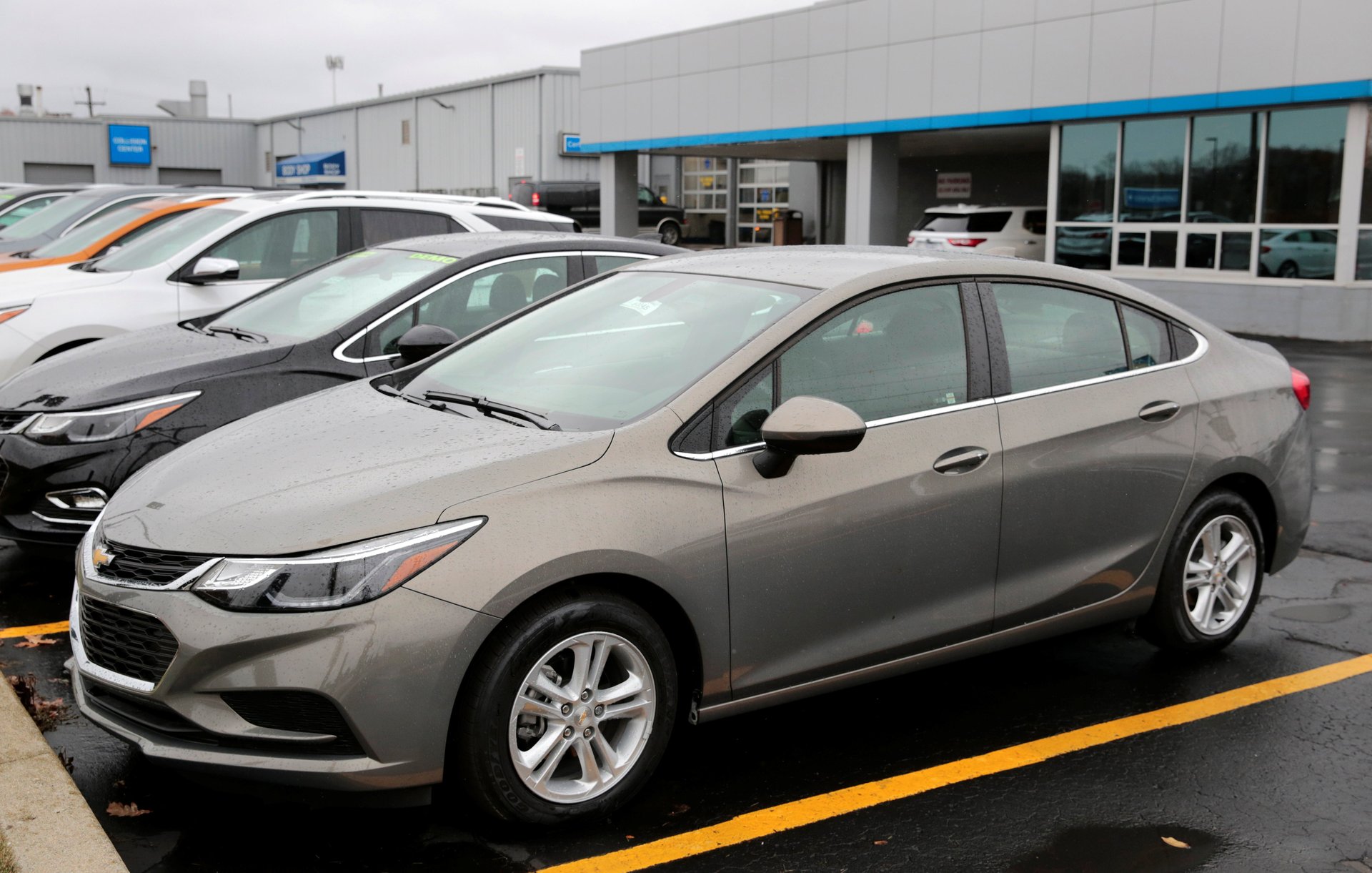High interest rates are causing more car loan delinquencies, Fed researchers say
Researchers at the Fed warn it signals 'financial stress' among younger and lower-income households

Despite consumer prices having eased in 2023, car loan and credit card delinquencies have been on the rise — continuing above pre-pandemic levels.
Suggested Reading
That comes from a new report by the Federal Reserve Bank of New York’s Center for Microeconomic Data released Tuesday (Feb. 6). The findings: even with inflation having come down, Americans are still feeling a wallet squeeze. The rise in delinquencies “signals increased financial stress, especially among younger and lower-income households,” Wilbert van der Klaauw, economic research advisor at the New York Fed, said in a press release. When it comes to car loans specifically, researcher said high interest rates may have played a role in making it harder for people to keep up with monthly payments.
Related Content
Delinquency by the numbers
Total household debt grew to $17.5 trillion in the fourth quarter of 2023, according to the Fed’s most recent quarterly report on home debt and credit. This figure is up $3.4 trillion from 2019. Credit card balances grew 4.6% quarterly to $1.13 trillion, while car loan balances grew by $12 billion to $1.61 trillion.
Overall, 3.1% of outstanding debt became delinquent by December, and rates were especially high for credit card and car loan debt. About 8.5% of credit card balances and 7.7% of auto loan balances transitioned into delinquency in 2023.
Younger and lower-income borrowers had the hardest time making car loan payments, the report found. The share of balances transitioning into delinquency held by millennials and Gen Z borrowers in the fourth quarter of 2023 were 9.6% and 11.9%, respectively. In comparison, the percentages were 7% for Gen X and 4.8% for baby boomers.
For borrowers living in low-income zip codes, 12.9% of balances that transitioned into delinquency, while it was just 4.6% for borrowers among high-income zip codes.
The role of interest rates
“Loans opened during 2022 and 2023 are, so far, performing worse than loans opened in earlier years,” Fed researchers wrote in a blog post, “perhaps because buyers during these years faced higher car prices and may have been pressed to borrow more, and at higher interest rates.”
Fed researchers also noted that while auto loan origination amounts have fallen in recent quarters — on track with car prices — monthly loan pay payments are still rising.
In December, the US Bureau of Statistics reported that the inflation rate for new vehicles lowered to 1%. For comparison, inflation rates for new vehicles in December 2022 was 5.9%. “This diverging pattern between origination amount and the monthly payment over the last year can be explained by the increase in interest rates on auto loans,” the researchers wrote.
Last week, the Fed announced it would keep its key interest rate at a 22-year high of 5.4%.